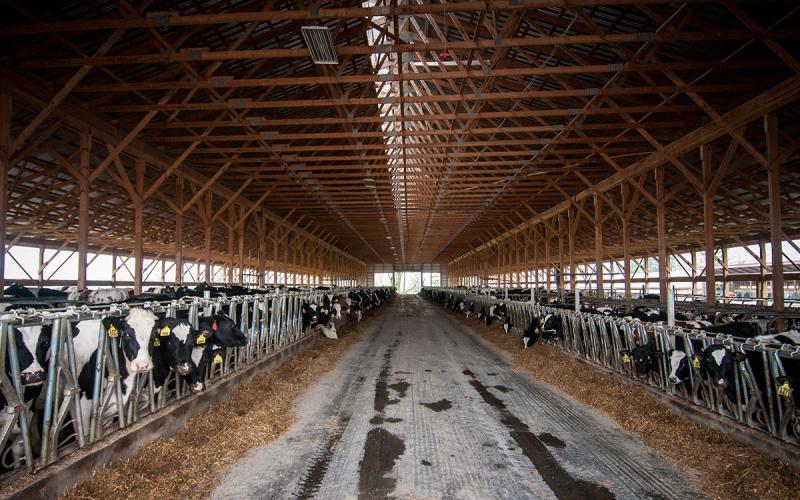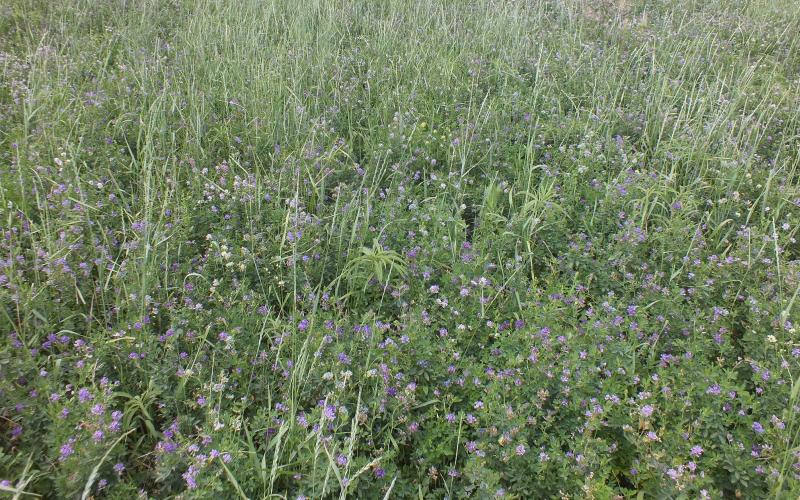Written by Howard Bonnemann, South Dakota State University.
Overall consumption of yogurt in the United States has increased from 570 million pounds in 1980 to over 4.4 Billion pounds in 2012. This represents a ±775% increase in 32 years. On a percentage growth basis yogurt has clearly been the dairy industry’s shining star.
What is yogurt?
So what is yogurt? Yogurt is a cultured dairy product manufactured from Grade A milk utilizing two specific microbial strains: Streptococcus thermophilus and Lactobacillus delbruckii ssp. bulgaricus. Additional microbial strains may be added but the presence of these two organisms is what is specifically required to be classified as a yogurt.
There are two principle forms for yogurt: drinkable yogurt which is popular in the EU and Pacific Rim countries and cup yogurt which is popular in the United States. Within cup yogurt there are additional divisions such as cup-set or vat set, fruit-on-the-bottom or blended (Swiss-style) and ‘regular’ or “Greek” yogurts.
How is it made?
The traditional method for manufacture was the cup-set yogurt in which the standardized and pasteurized milk was inoculated with the microbial strains, filled directly into the cups (often with fruit-on-the-bottom) and then incubated in the cup in a warm room for 3 to 4 hours at 105°F and then removed from the warm room and placed in the cooler. This process is very utility intense and not very efficient. It is not possible to make a blended flavored yogurt via the cup-set method.
The vat set method involved placing the standardized, pasteurized milk into a large process vessel, usually 2,000 gallons, and then inoculating and incubating within the process vessel. This process improved energy utilization and overall process efficiencies and is generally preferred by the majority of manufacturers. When the appropriate pH is reached the product is stirred and cooled and then blended with the flavor material and filled into the final cup. It is possible to make a fruit-on-the-bottom yogurt via the vat method; however, the vat method is generally utilized in the manufacture of blended or Swiss-style yogurts. Utilizing this process, yogurts of multiple flavors can be produced from a single vessel by blending a portion of the cultured product with a particular flavor. This has allowed the expansion of flavor offerings which has directly impacted the growth of yogurt popularity.
A ‘regular’ cup yogurt will contain approximately 3% protein in the starting standardized milk. A “Greek” yogurt will be standardized such that the amount of protein per serving is approximately double that in ‘regular’ yogurt. This results in a heavier bodied, more pudding-like texture in the “Greek” yogurt. This heavier bodied product is often more challenging to cool properly which often results in an excess of lactic acid production by the cultures causing a very ‘tart’ finished product.
All yogurts may be sweetened with either nutritive or artificial sweeteners or they may be unsweetened. Often the sweetener is part of the flavoring added but in some cases the sweetened is added to the standardized milk prior to incubation. Choice of sweeteners is often based on the desired calories per serving of the product being produced.


